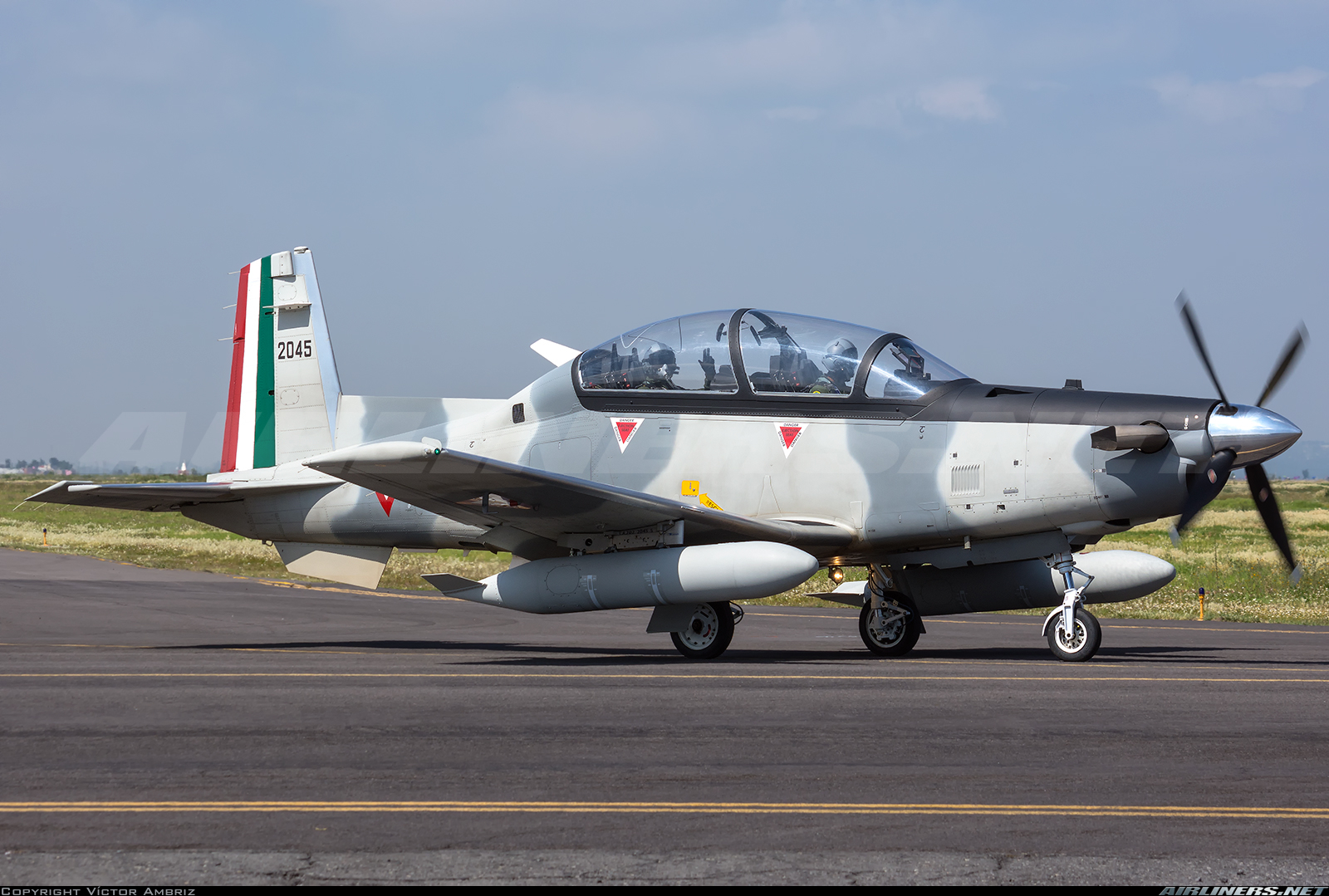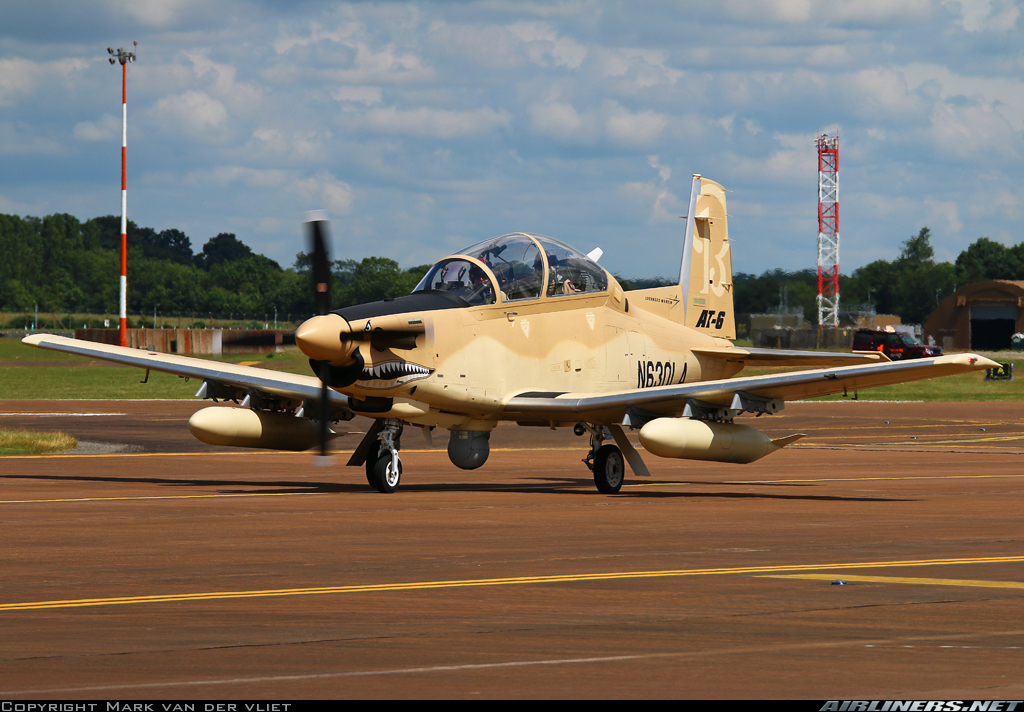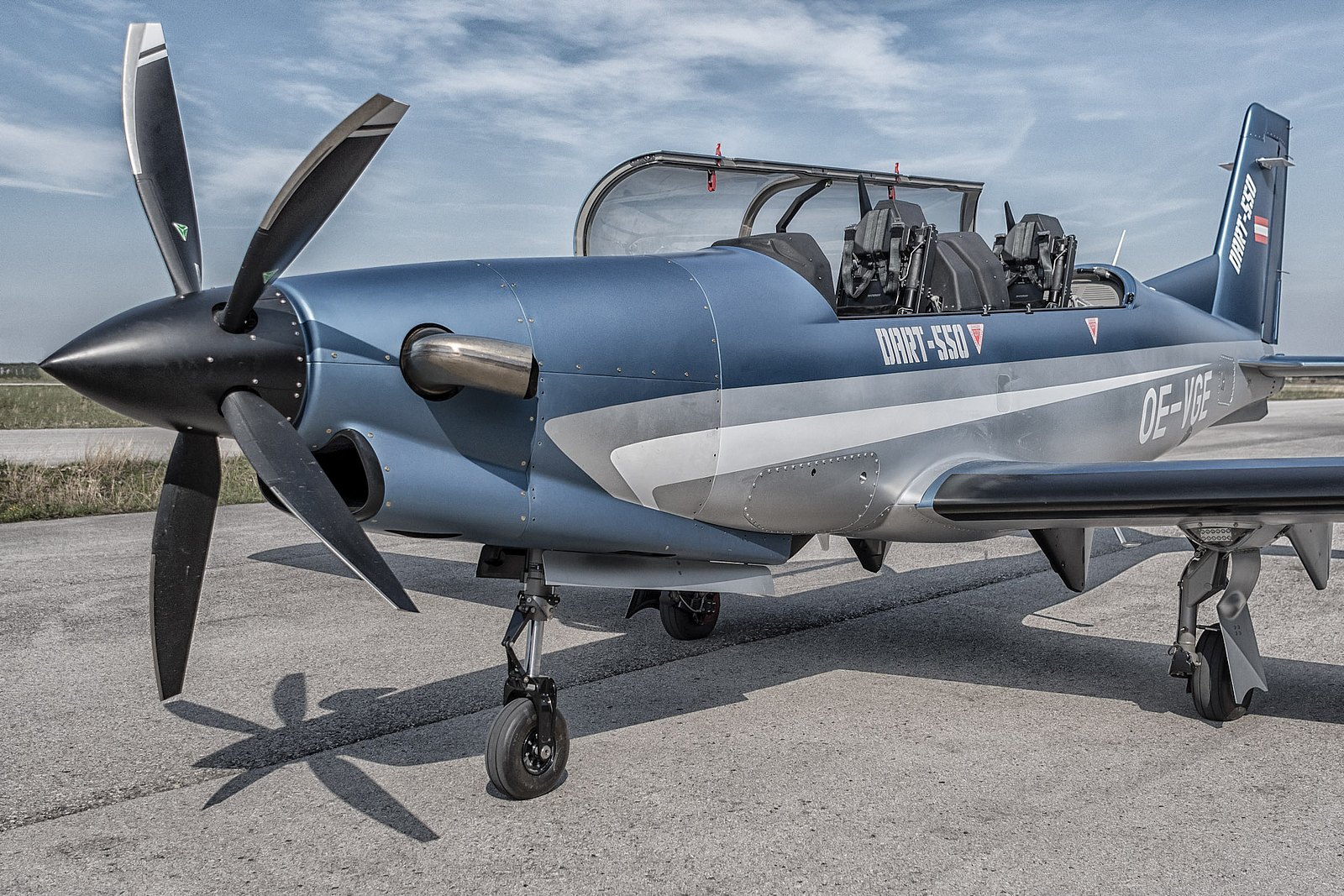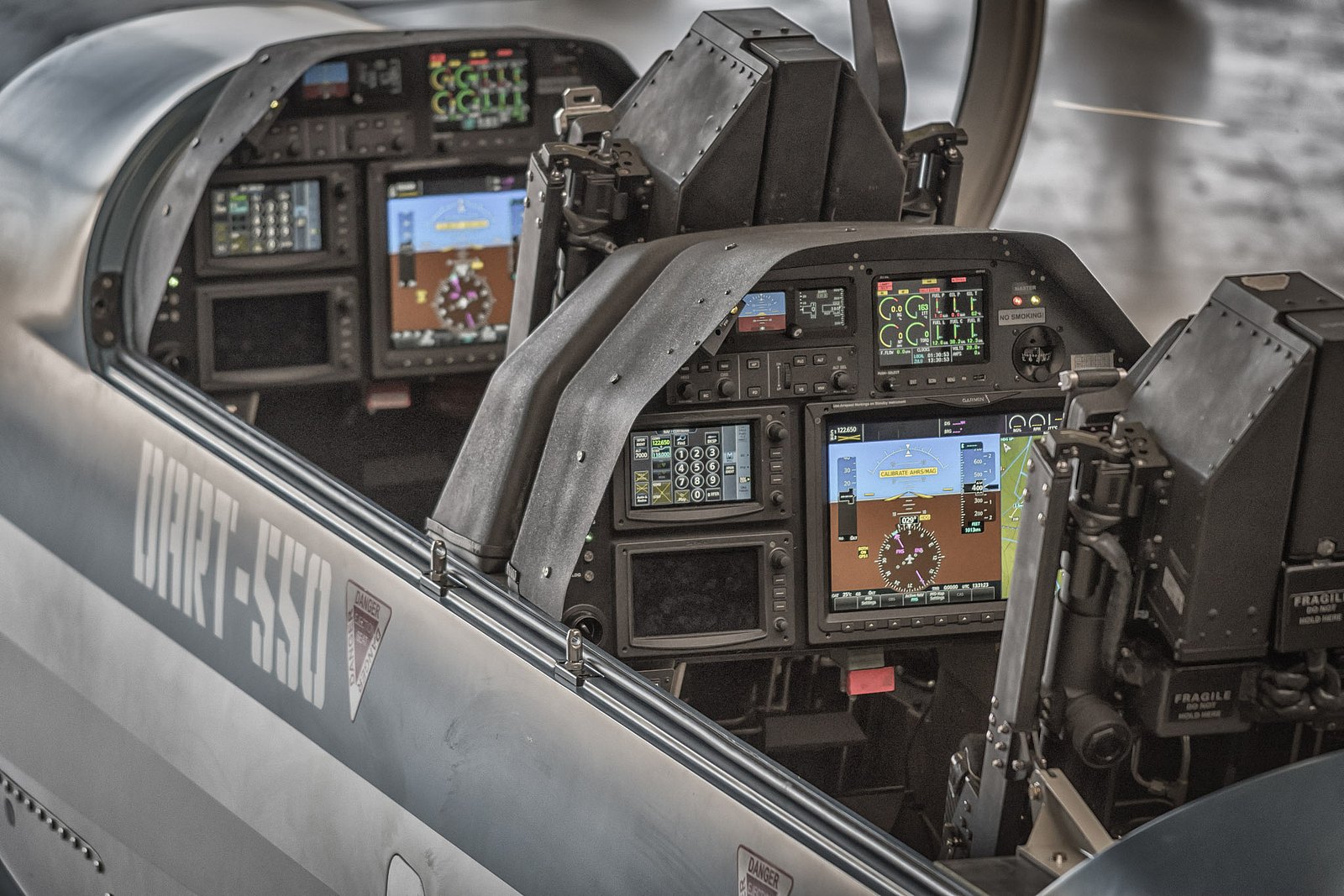Verweigerer hat geschrieben: ↑Sa 11. Jul 2020, 20:31
Bescheidene Frage: Könnte man nicht unsere PC-7 und die 105er gemeinsam durch einen Trainer-Proper mit Bewaffnungsoption ersetzen? AT-6 Wolverines zum Beispiel? Vermeine sogar dass hier zu Lande mal die AT-6 getestet bzw. erprobt wurde?? Wurde sogar darüber irgendwo berichtet. Könnte mir 16-18 Wolverines gut vorstellen und eventuell auch 6-9 DART550 bzw. 3 DART MPP62er...
Nein, das kann man nicht und es bringt auch nichts. 16-18 Wolverines bringen uns gar nichts, weil das quasi ein reines Air-to-Ground Flugzeug ist. Und das ist für uns mehr als irrelevant. Die PC-7 sind von der Stundenzahl in Ordnung und was man so hört gibt es Überlegungen das Cockpit analog zu den Schweizer PC-7 aufzurüsten, womit man für die Grund- und Basisschulung wieder auf einem top Stand wäre. Man kennt das System, die Turbine ist günstig, man kann damit auch slow mover protection gut abbilden und könnte die IFR Schulung adäquat durchführen.
öbh hat geschrieben: ↑Sa 11. Jul 2020, 19:50
Jetzt wird mit Frankreich das zweite Land, welches mit PC-21 direkt auf seine Einsatzmuster (Rafale bzw. Mirage2000) ohne Jettrainer schult. Die Franzosen besitzen jeweils auch Doppelsitzertrainer von Rafale und Mirage2000. Offensichtlich ist die Schulung mit PC-21 auf einen Doppelsitzertrainer eines Hochleistungskampfflugzeuges wie es die Schweiz und künftig Frankreich zeigt, möglich.
Wäre auch für Österreich eine günstige Lösung gewesen, bei Ankauf von 3 EF-Twins in Verbindung mit PC-21 eine kostengünstige Schulung der Piloten bis zum Einsatzmuster im Inland durchzuführen.
Frankreich wird nicht die letzte Nation sein, die diesen Weg geht. Bei der heutigen Simulatortechnik und modernen Flugzeugen wie F-22, F-35, Su-50 gibt es sowieso keine Doppelsitzer mehr. PC-21 wären schon ein tolles Gerät, allerdings in der jetzigen Situation nur für die Phase III der Jetpilotenausbildung geeignet.
Ich wage jetzt mal eine andere These, unabhängig von der politischen Situation, sondern bezogen auf die fliegerische Machbarkeit. Wäre es denkbar, statt immer von den 3 Twin EF zu reden die wir für die Ausbildung von eigenen EF Piloten bräuchten, die Phase IV auf M-346 in Italien ein paar Monate zu verlängern, dann direkt den Sprung in den EF Simulator in LOXZ und dann EF Single zu wagen? Bin mir jetzt nicht ganz sicher (theoderich weiß vmtl. mehr), aber ich glaube mal gelesen zu haben, dass bei der US Air Force die künftigen F-22 und F-35 Piloten die direkt von ENJJPT kommen nochmals eine Phase auf der T-38 haben bevor sie auf das Einsatzmuster gehen. Und die F-35 Piloten der Italiener gehen zuerst auf die AMX, wovon es Twin gibt und dann auf die F-35, wobei die M-346 leistungsmäßig der AMX in nichts nachsteht.





